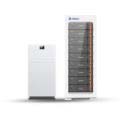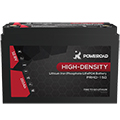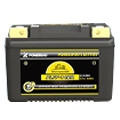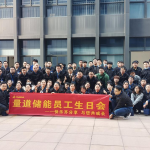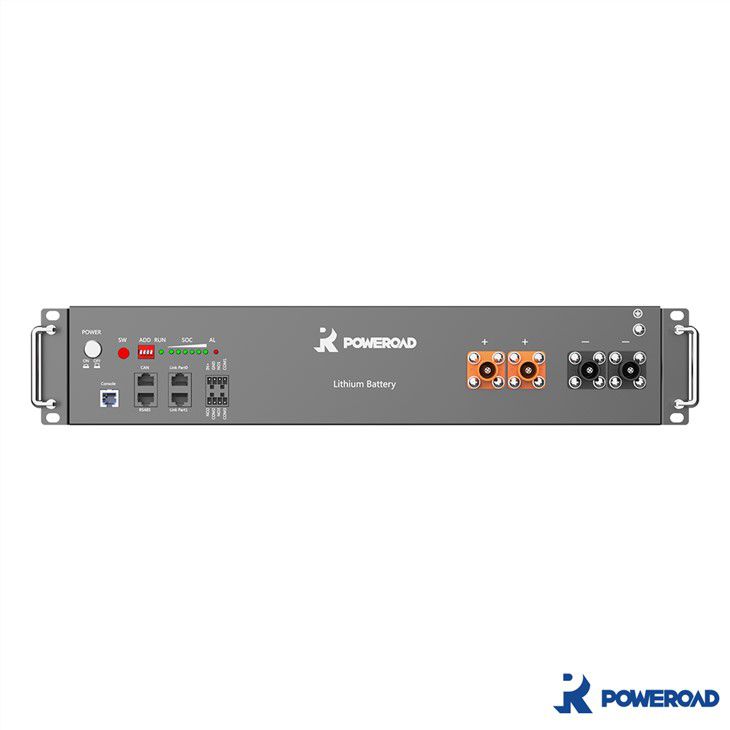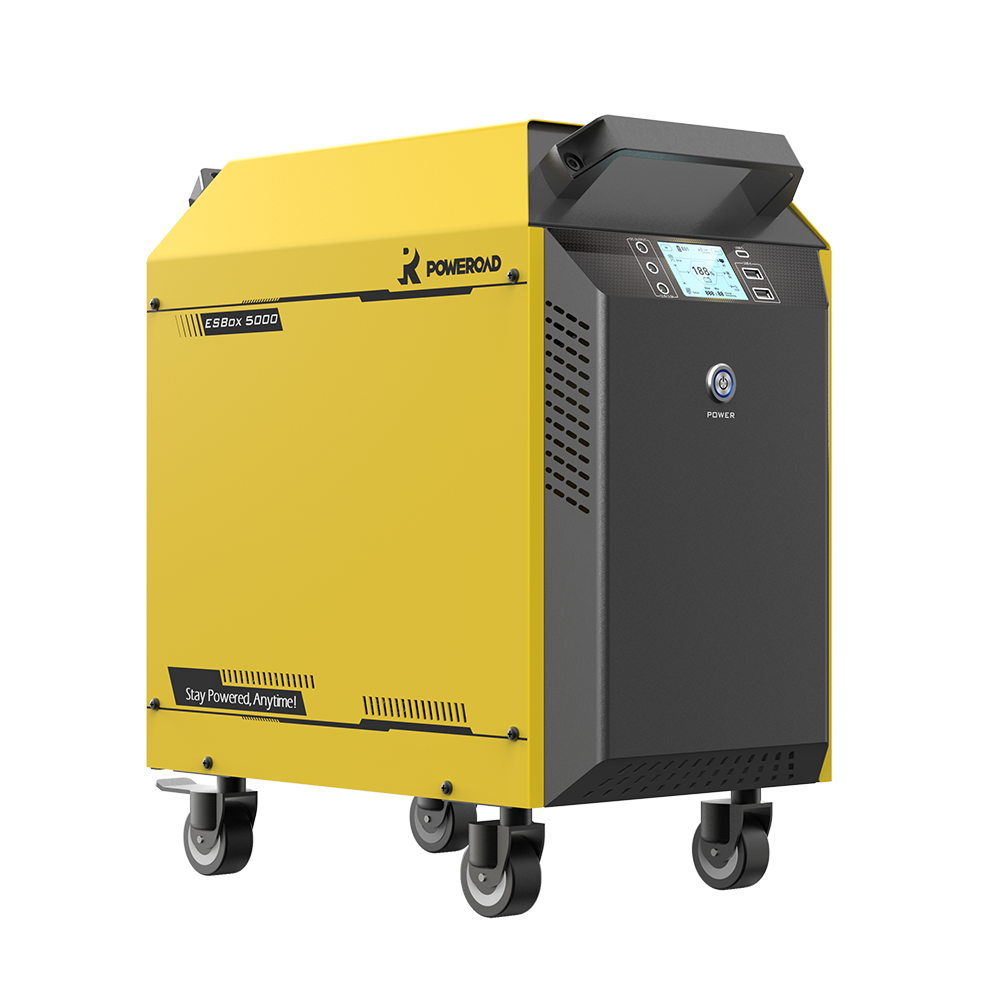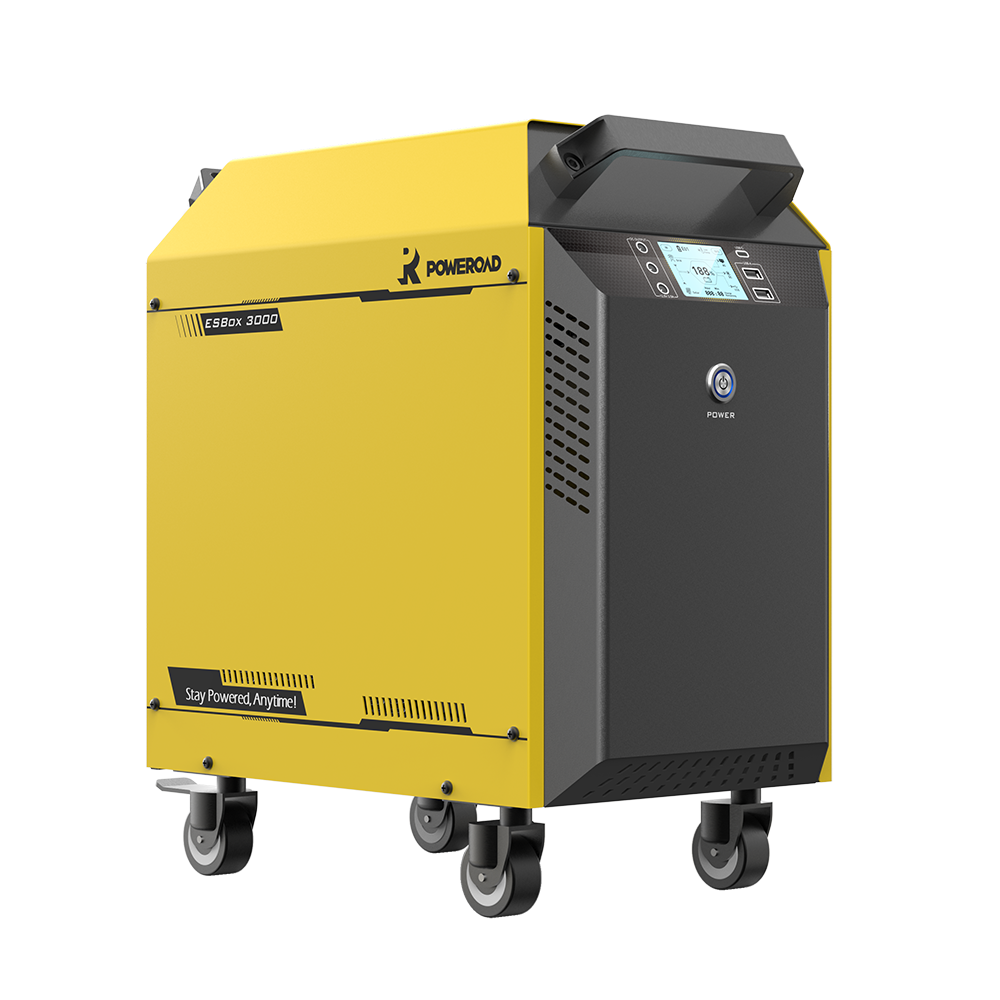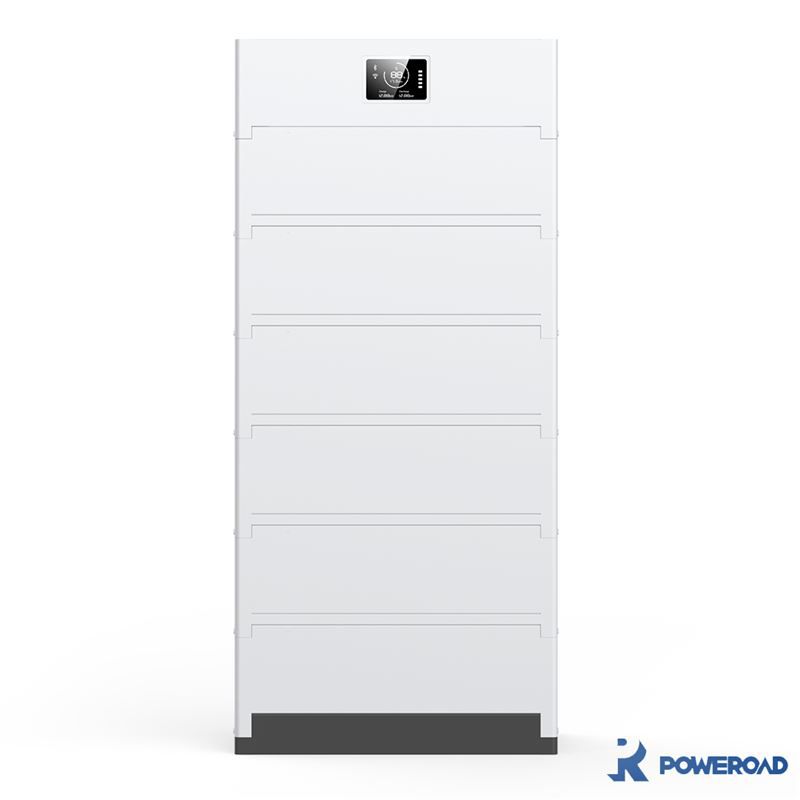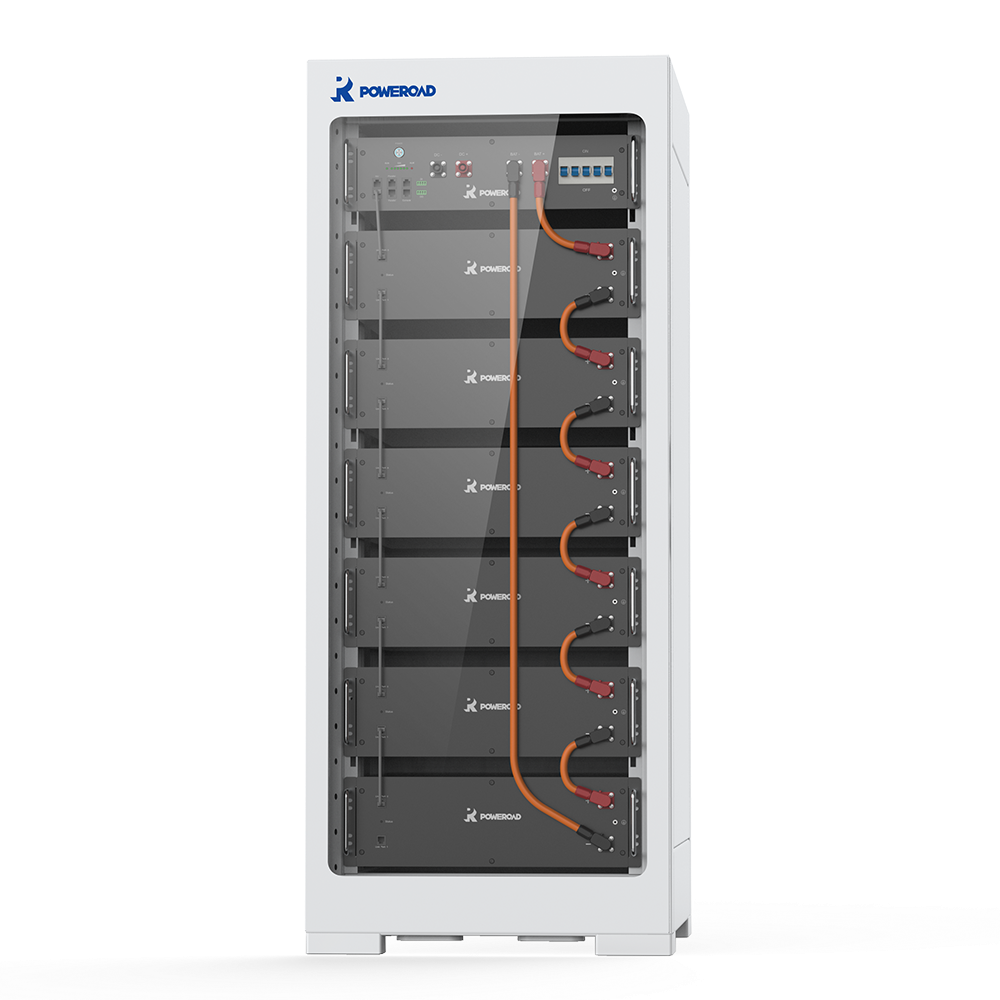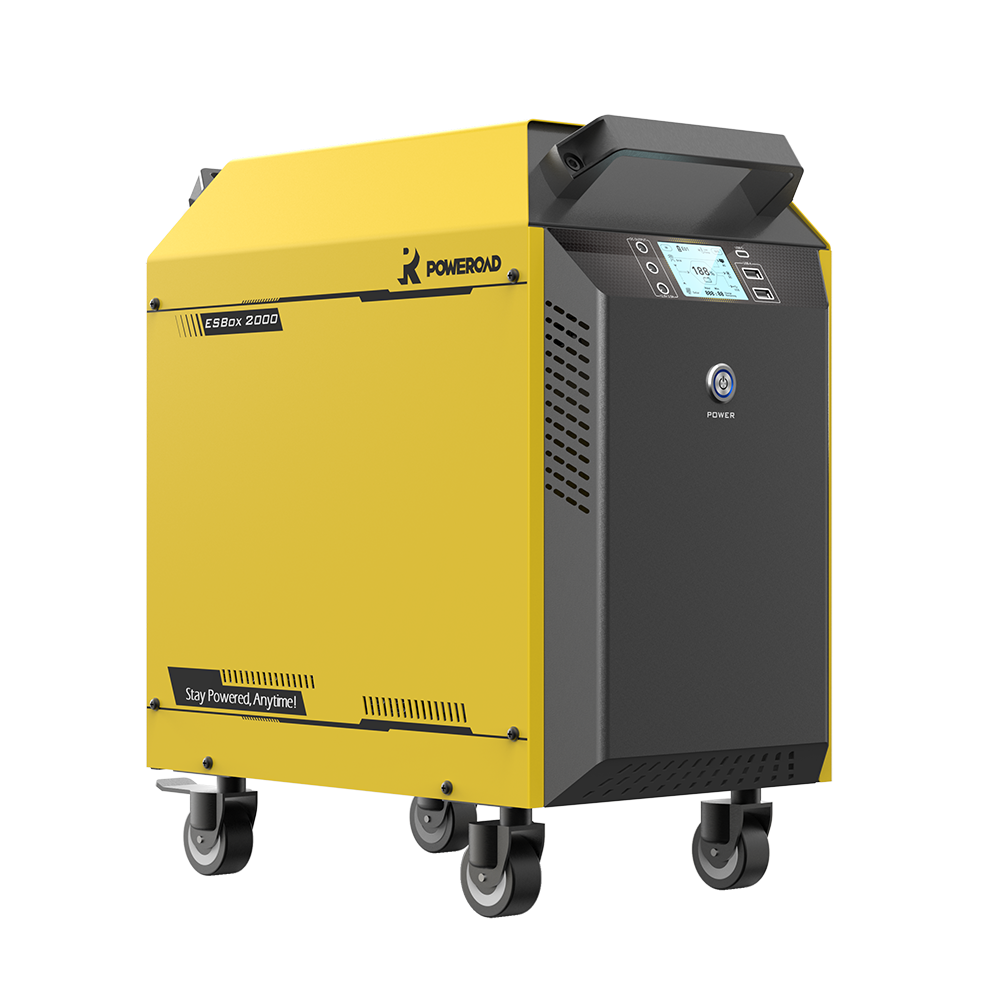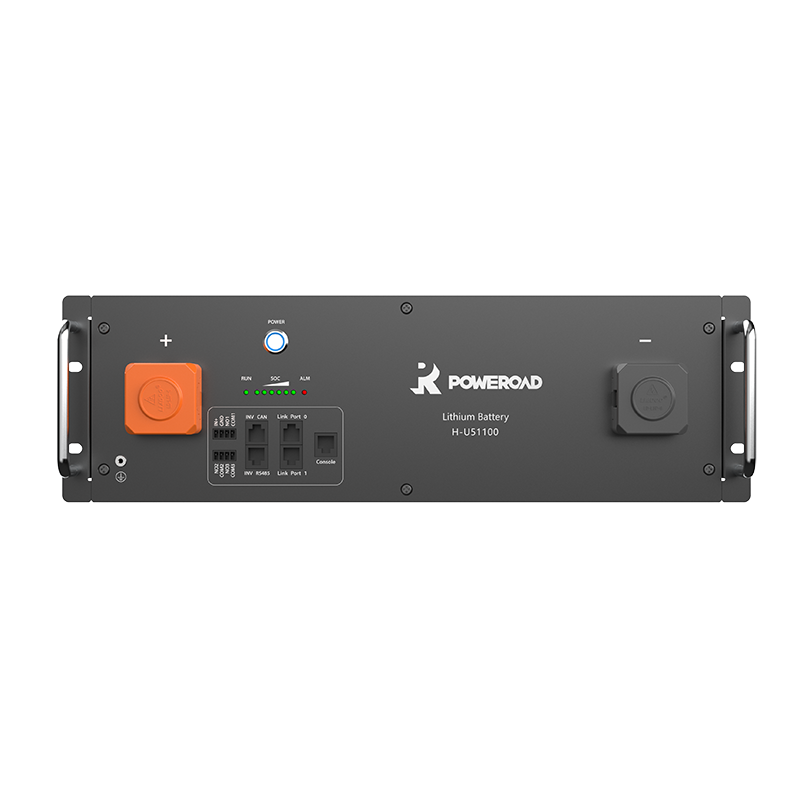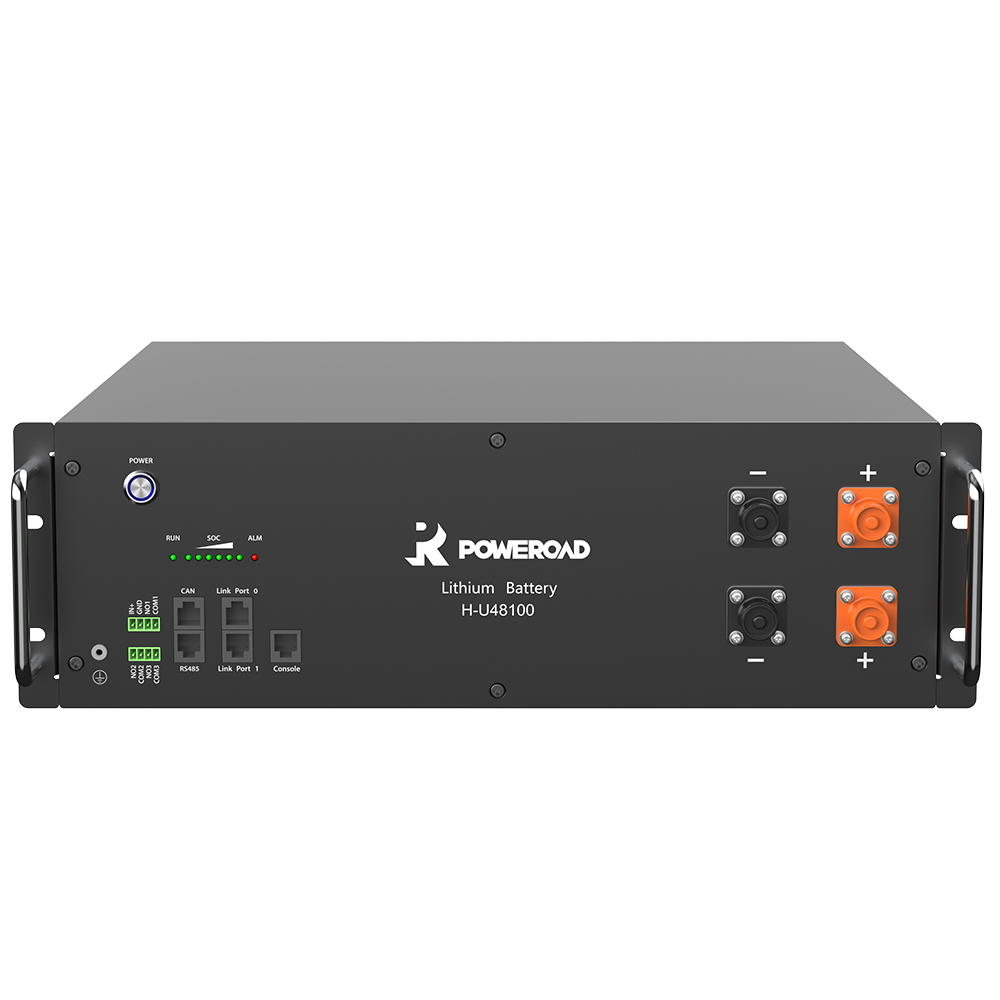More and more people are getting for an off-grid lifestyle, at the heart of the off-grid power systems, are the batteries. Deep cycle batteries can provide continuous electrical power, which is the ideal kind of application, during the past century, lead-acid batteries have been playing the main character of the scene due to their excellent low price, however, the lead-acid batteries aren’t perfect.
The lead-acid batteries are great, they are low-price and mature, but the disadvantages are also apparent, due to the well-developed technologies of the batteries, there is not too much space for the technology upgrade development, and they consist of tinplate and acid which means it is toxic and could be harmful to the environment, causing pollution and bringing potential harm to lives.
On the other hand, the Lithium-ion phosphate battery technologies (LiFePO4 or LFP) are developing rapidly, the cost-efficiency and sustained power delivery, unlike the NMC and NCM technology, the LFP technology can deliver a significantly high level of safety, making it the ideal energy technology for the future.
Benefits of LiFePO4 Batteries
Converting from the lead-acid batteries to the lithium batteries is not an easy job, in most cases, converting to lithium batteries requires having an upgrade to the whole RV house energy system due to the higher current delivery. But, if we think in another way, the story would be different.
Despite the cost of converting to lithium being relatively higher than setting up a lead-acid battery power system, the result you can get is way greater. Here is why:
1. Lightweight and compact.
The incredible energy density of the LFP batteries plays an important role here, the energy density of LFP batteries is 460-600Wh/kg, the lead-acid, however, only has 25–35Wh/kg of energy density, therefore, the same amount of energy of the LFP batteries can be fitted in the equivalent of the lead-acid battery enclosure but achieving a significantly lighter weight, at 50% to 60% lighter.
Not only the weight of the batteries is lighter, but also the total volume of the batteries is small. Thanks to the flexible configuration availability of the lithium batteries, now you can fit a 12V 100Ah battery into a G24 enclosure, the same amount of energy, but on a smaller scale.
2. Safety and Stability
Safety and stability are the key advantages of the LFP or LiFePO4 batteries over the others, excellent chemical and thermal stability are translated to improved safety. Unlike the NCM and NMC batteries, thermal runaway temperature of 200°C, the LFP batteries have 800°C of thermal runaway tolerant, allowing more time and space for users to prevent unconvertable damages caused by catching fire.
LFP batteries also give anti-explosion features to the users, lithium cobalt oxide and lithium manganate will explode in violent collisions, posing a threat to life; however, lithium iron phosphate has passed strict safety tests, which means that even if an accident occurs, there will be no explosion.
3. BMS
Every lithium battery has a built-in BMS (battery management system) that can automatically monitor factors like battery cell temperature, state of charge, and cycle life, these factors decide the battery performance and service life. If your power demand increase, you can re-scale your lithium power system to meet your needs with no hassle, most RV and recreational marine energy system is running at 12 Volt, which means users can increase the battery capacity by wiring more 12-volt batteries in parallel to reach the goals.
4. Low Self-Discharge Rate
When the LFP batteries are not connected to the loads or any other power supply, the energy could still gradually drop, this is known as Self-Discharge, the self-discharge rate of a regular POWEROAD battery is 3% per month, as a comparison, the lead-acid batteries have 4% per week of self-discharge rate, which is tremendous for an energy storage battery.
5. Environmentally Friendly
Li-ion batteries have low levels of toxic heavy metals compared to other batteries like lead-acid and nickel-cadmium (NiCd) batteries. Cadmium, lead, and mercury has been major components of batteries for many years, but improper handling and exposure to these metals can harm humans, animals, and plants. Lithium batteries for solar are safer than many other kinds, although still do need to be recycled properly: Never dispose of used batteries in general trash!
6. Maintenance-Free
When we talk about maintenance-free lithium batteries, we are talking about real maintenance-free ones. You will not need to add water or acid to the batteries, you will not need to clean up the compounds on the poles, and the only thing you need to do to the lithium batteries is plugging in.
Of course, doing balancing before wiring the lithium battery configuration is vital, and you don’t want to miss that part.
HOW TO CHOOSE LIFEPO4 BATTERIES
1. Product Build Quality
Most of the RV house lithium batteries are filled with EVA foams for anti-vibration support structure needs, it might help when it comes to small road bummers or regular road rides, but the construction of this kind of battery is not reliable considering the material that they used. And the plastic material could increase the chances of burning if the battery cells begin to thermal run away.
To solve this problem, POWEROAD uses a metal bracket to arm and form the battery cells, the metal chassis design can maximize the levels of anti-vibration and give the battery body the greatest quality of physical protection.
2. Depth of Discharge (DOD)
The depth of discharge (DOD) indicates the battery capacity used. The higher the DOD, the more usage you get from the battery capacity. Most solar batteries come with a recommended DOD to keep the battery healthy. Lithium-ion batteries are deep cycle batteries and have up to 100% DOD, meaning you can use more of the energy stored in lithium-ion batteries without recharging as often as you would with other batteries. This also gives them a long service life and capacity is 25-50% higher than similar lead acids.
3. Cycle Life
Cycle life is the number of charge and discharge cycles that a battery can complete before it loses performance. Lithium iron phosphate batteries have more than 2000 cycles, while lead-acid batteries typically only reach between 500 and 1200 cycles. Assuming that one cycle is used each day, then a battery with a cycle life of 2000 retains its performance for five and a half years; a battery that boasts 4000 cycles can be used for more than ten years.
4. Continuous Charging and Discharging Rate
The charge-discharge rate refers to the constant current value output by the battery, when it is charged from an empty state to a fully charged state or discharged from a fully charged state to an empty state, within a specified time. For example, the POWEROAD 12V 100Ah Smart Lithium Iron Phosphate Battery has a rated capacity of 100Ah and can be discharged for 1 hour at a 100A discharge current, known as 1C discharge. Additionally, the POWEROAD 12V 100Ah Smart Lithium Iron Phosphate battery with a self-heating function will automatically start running when the battery temperature drops below 41°F (5°C) while charging to ensure excellent battery.

